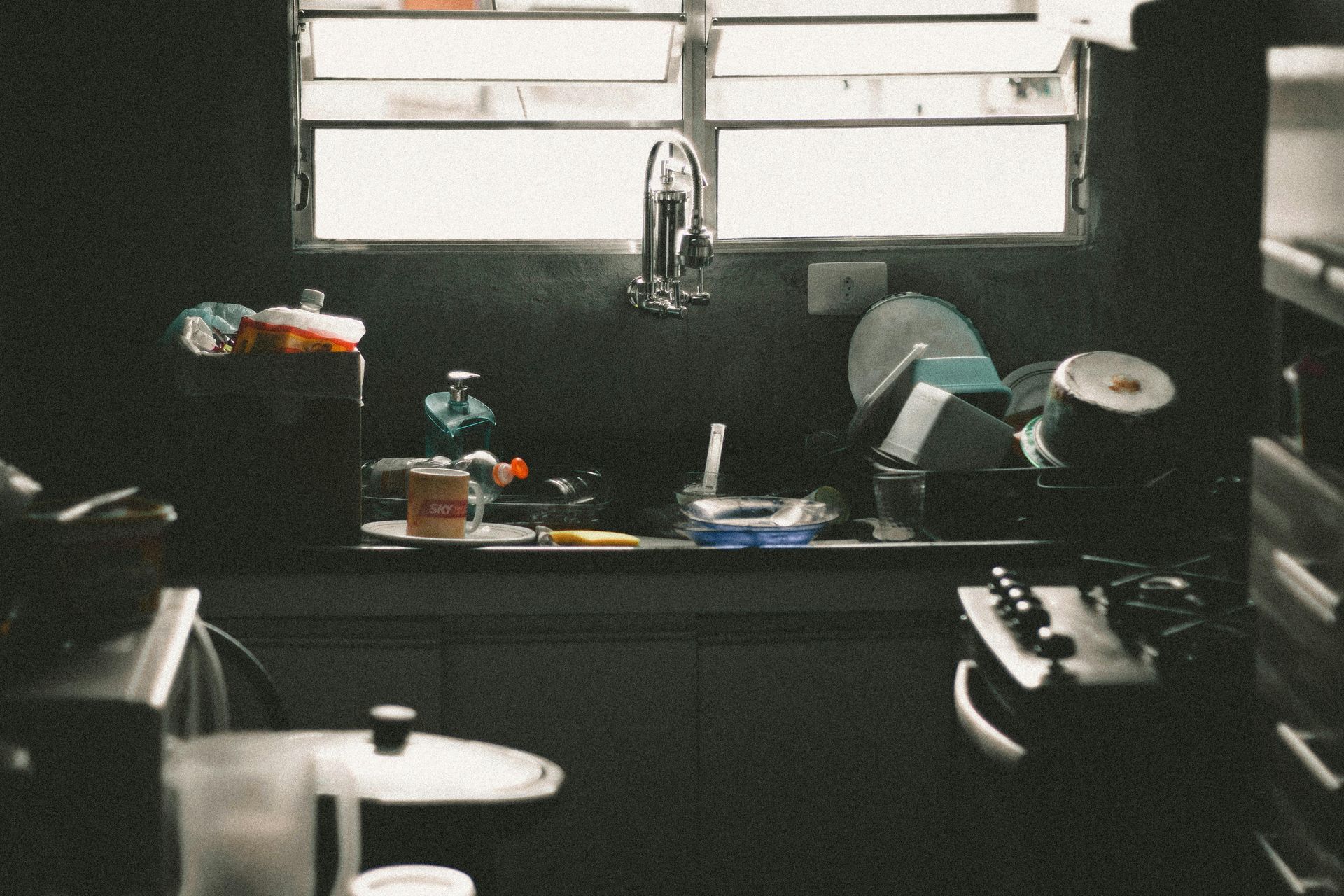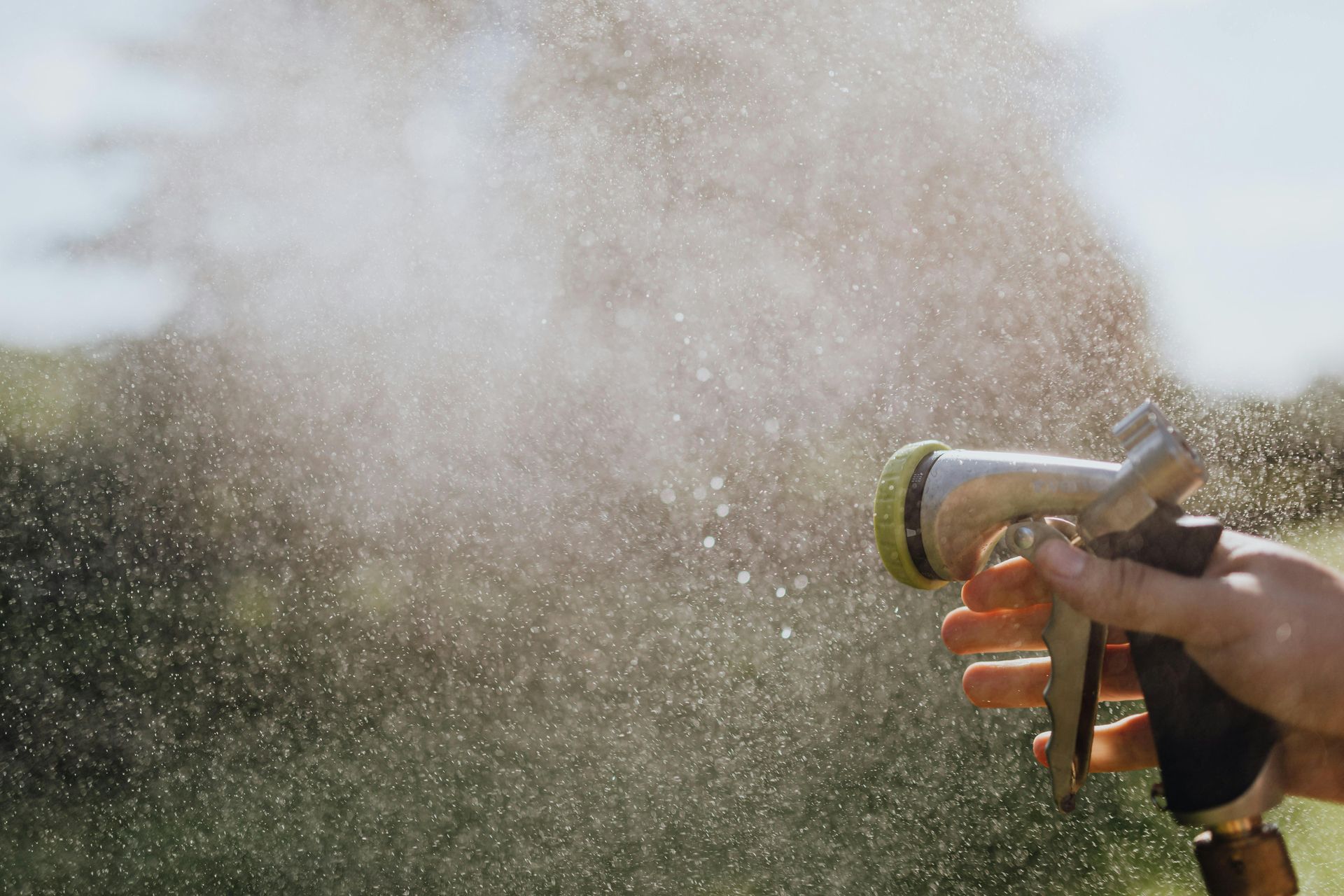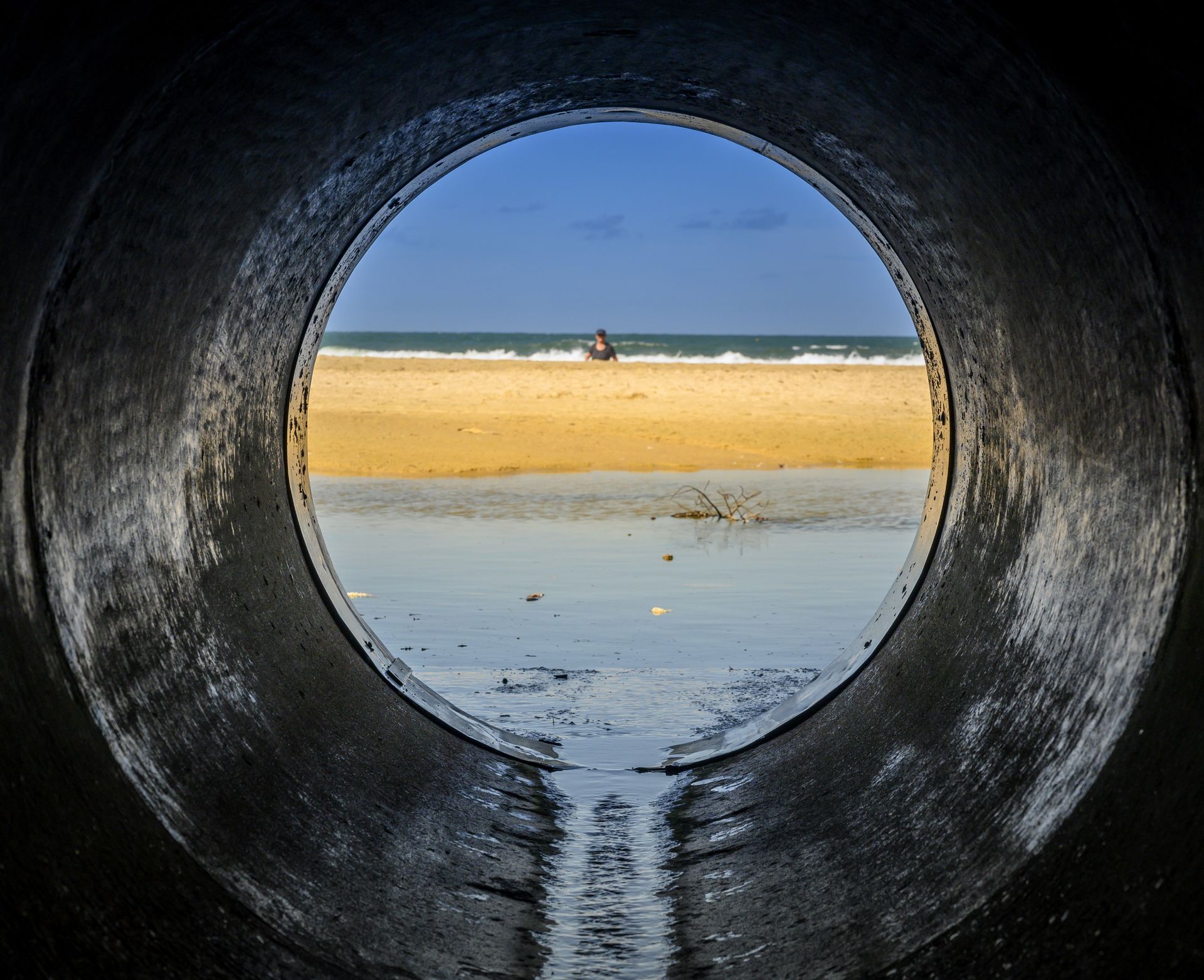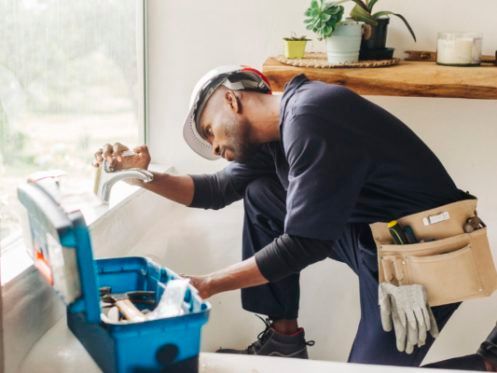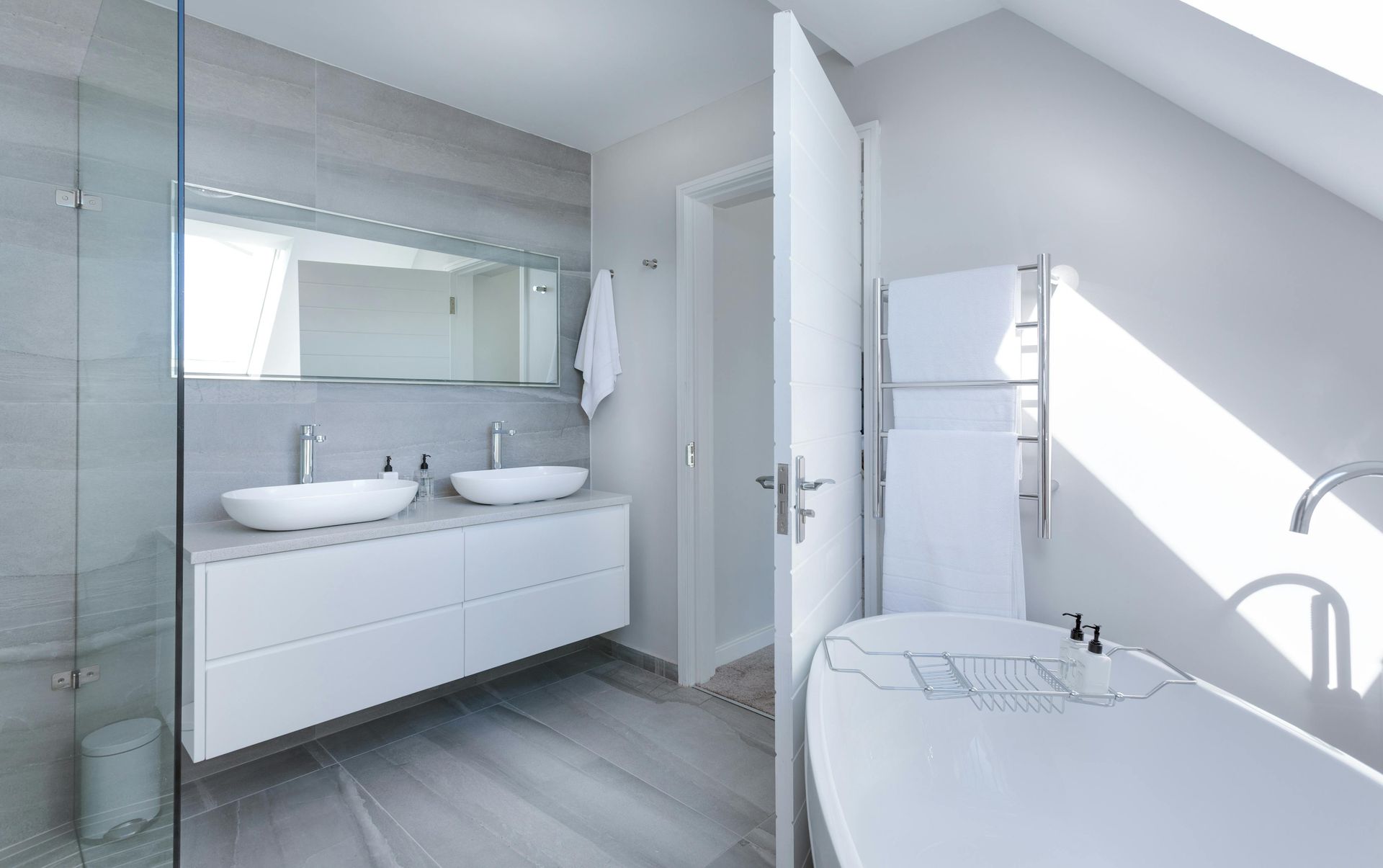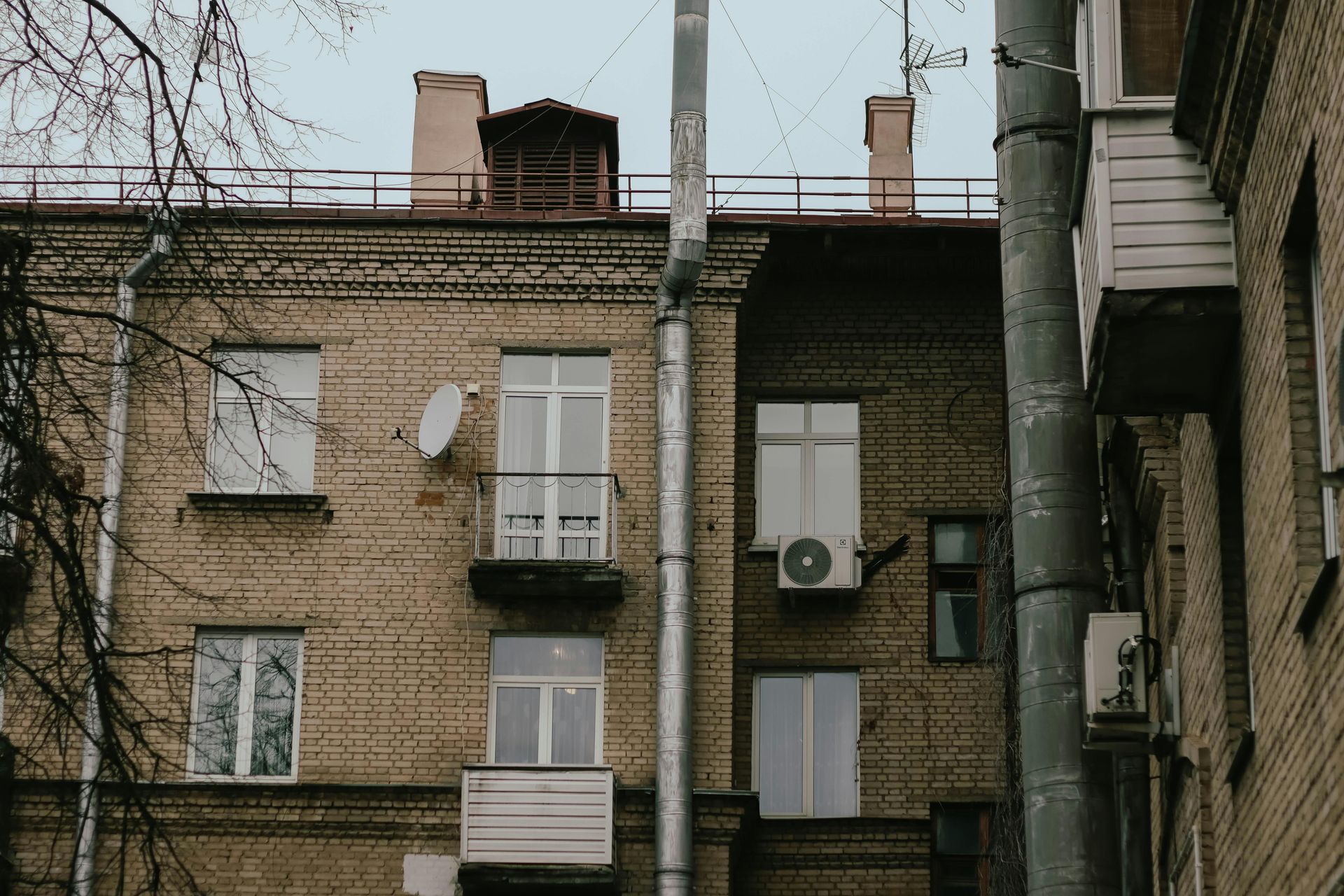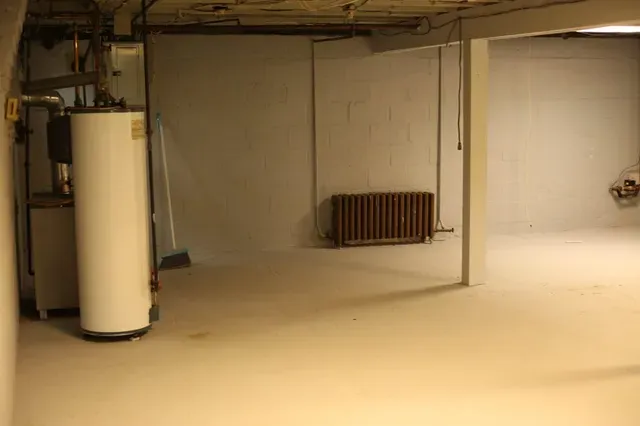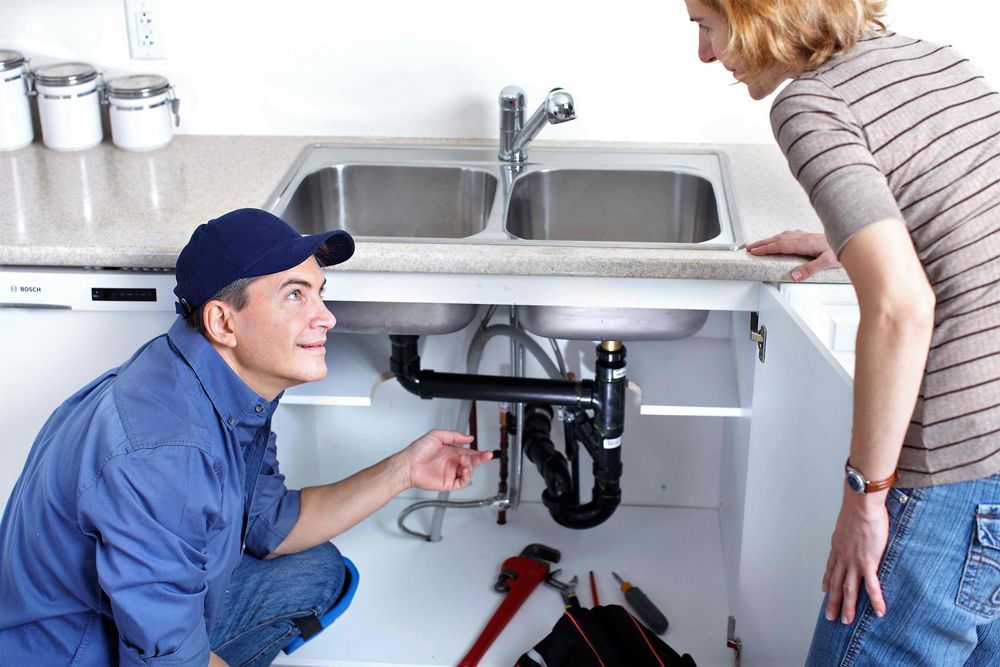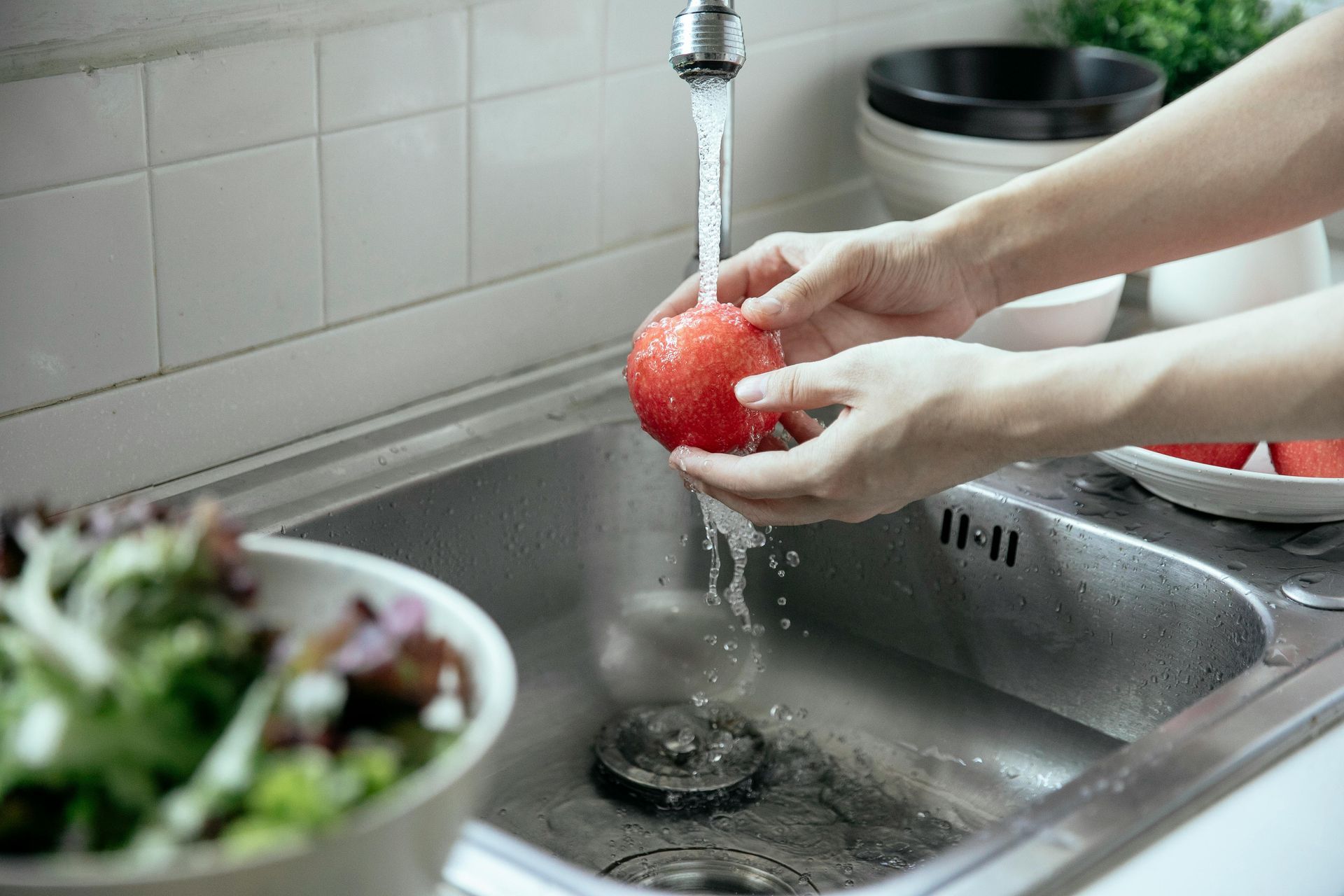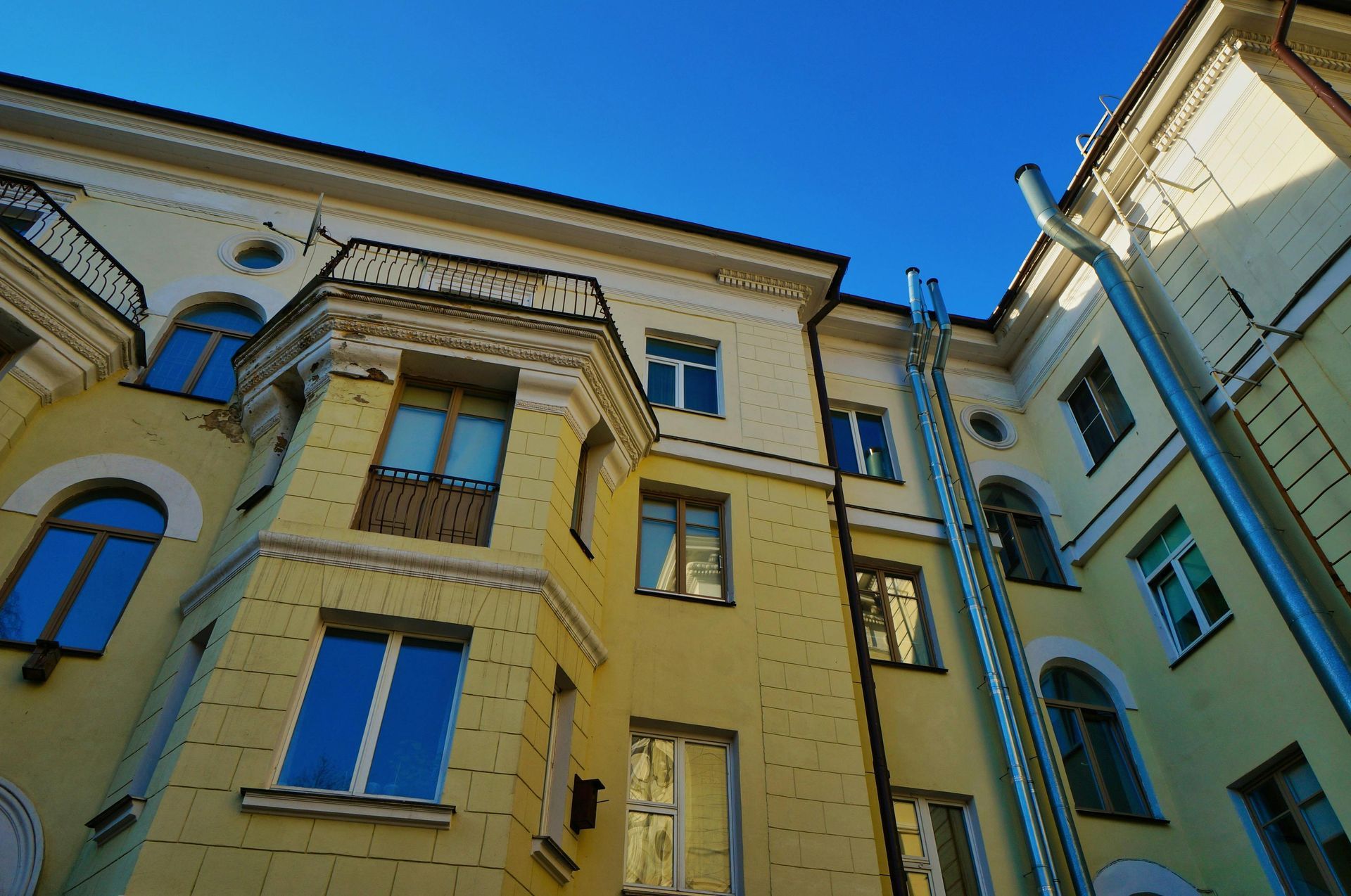Preventing Burst Pipes: A Winter Preparedness Guide
Winter presents significant challenges to plumbing systems, with burst pipes ranking among the most devastating and costly issues homeowners face. Sudden pipe bursts can cause extensive water damage, disrupt daily life, and require expensive repairs like sewer line replacement. This detailed guide provides comprehensive strategies to help you safeguard your plumbing through the cold months, ensuring your home remains protected and functional.
Understanding the Risk of Burst Pipes in Winter
Pipes exposed to freezing temperatures are vulnerable because water inside them expands as it turns to ice. This expansion increases pressure on the pipe walls, potentially causing cracks or bursts. Pipes located in unheated areas such as basements, crawl spaces, attics, and exterior walls are particularly at risk. Failure to take precautions can lead to water flooding inside your home once the ice thaws, damaging floors, walls, and belongings.
Inspection and Maintenance Prior to Winter
A thorough pre-winter plumbing inspection is critical. Professional plumbers, including experienced teams like All City Plumbers, recommend reviewing pipe conditions for weakness, corrosion, or existing leaks. Early detection of such issues allows timely maintenance, preventing pipe failures during cold spells.
In addition to pipes, inspecting valves, water heaters, and sewer lines is vital. For properties with aging or damaged infrastructure, planning for critical services such as sewer line replacement before winter sets in can avert emergencies and costly repairs.
Strategies to Protect Pipes from Freezing
One of the most effective methods is insulating vulnerable pipes using foam sleeves, insulation tape, or heat cables designed specifically for plumbing applications. Applying insulation reduces heat loss and prevents temperature drops that lead to freezing.
Furthermore, during extreme cold, allowing faucets to drip slowly keeps water moving, preventing stagnation and ice formation. Opening cabinet doors under sinks exposes pipes to warmer indoor air, especially in kitchens and bathrooms.
Plumbing Best Practices Throughout Winter
Maintaining consistent indoor heating is crucial. Avoid turning off the thermostat at night or when away, as low temperatures inside the home increase pipe freezing risks. Consider the location of your pipes when setting your thermostat, ensuring unheated areas receive some warmth.
Knowing how to use plumber's tape for leak free pipe joints is an essential skill for any homeowner. Properly wrapped pipe joints maintain a tight seal, minimizing the chances of leaks that can worsen during winter when pipes contract and expand.
Immediate Responses to Freezing and Bursting Pipes
If you suspect a pipe is freezing, locate the area and use gentle heat sources like hair dryers to thaw the pipe gradually. Never use open flames or high heat. Should a pipe burst despite precautions, shut off your main water valve promptly to reduce flooding. Contact professional plumbers immediately to mitigate damage and begin repairs.
Why Professional Assistance Matters
Winter plumbing issues often require expert intervention. Professionals such as All City Plumbers have the tools and experience to conduct reliable inspections, execute preventive maintenance, and perform repairs—ranging from minor fixing to major sewer line replacement—efficiently and safely.
Conclusion
Preventing burst pipes during winter calls for a combination of vigilant preparation, proper insulation, and ongoing maintenance. Engaging trusted experts, applying sound plumbing techniques like using plumber's tape correctly, and monitoring property conditions ensure your home withstands winter’s harshness. By following this guide, you reduce your risk of burst pipes, costly repairs, and the stress that accompanies plumbing emergencies.

